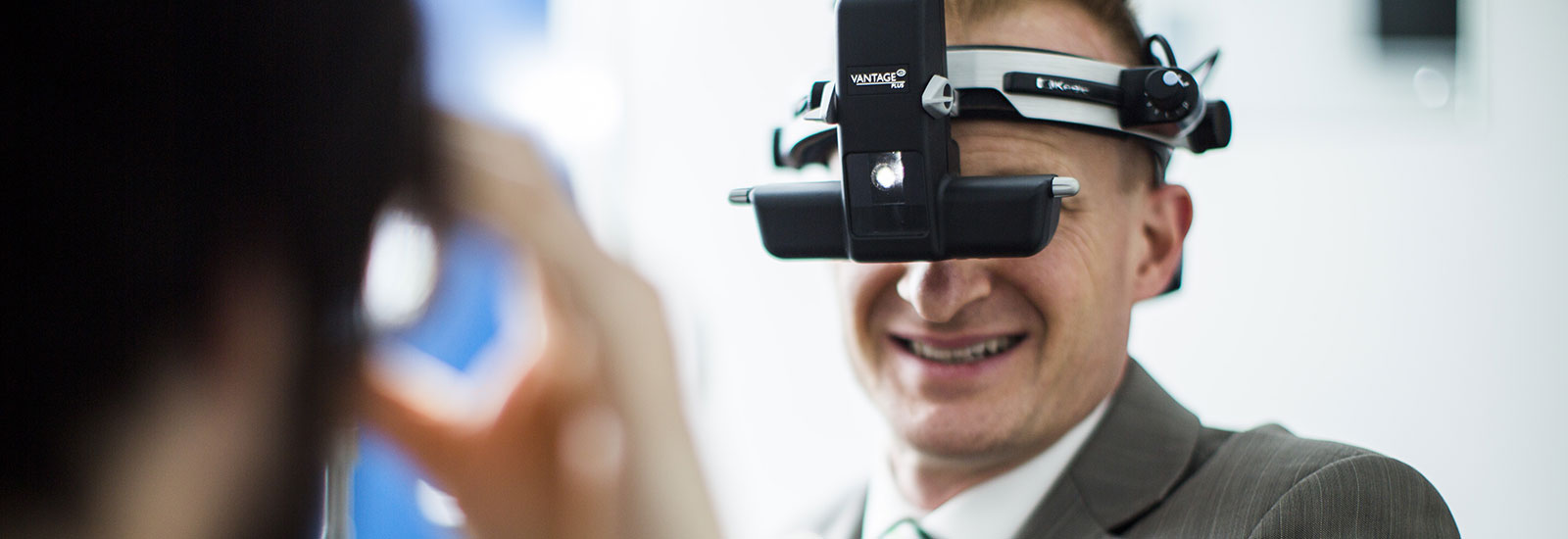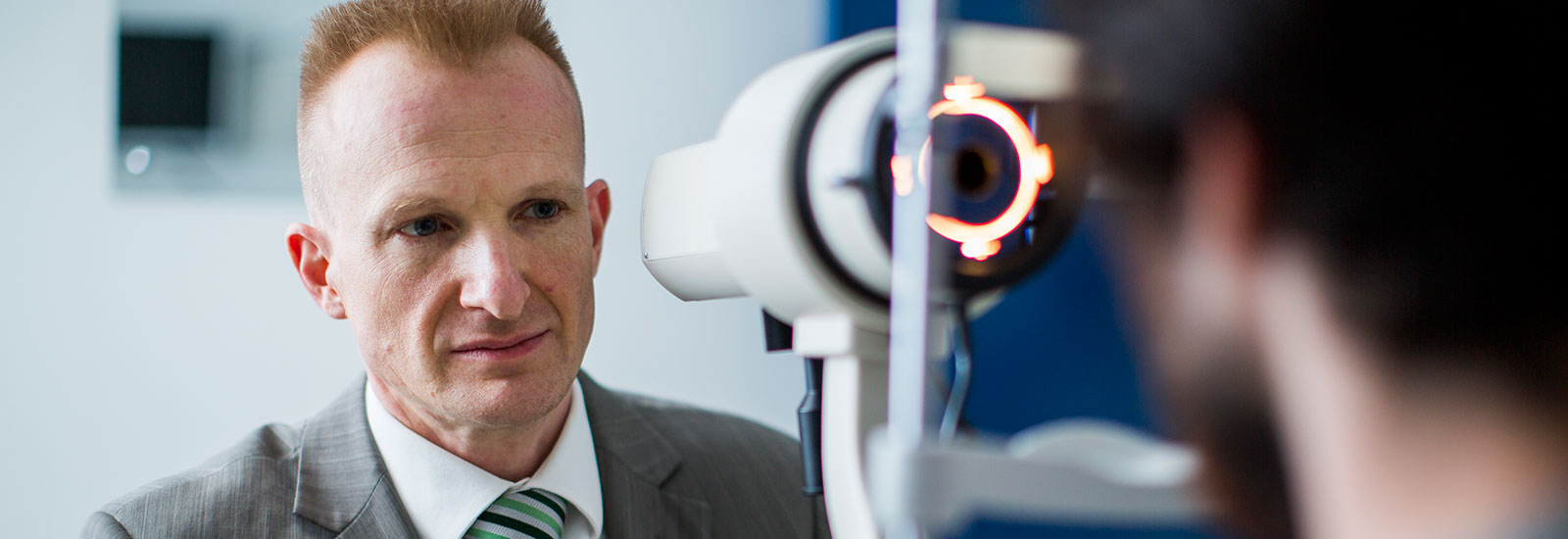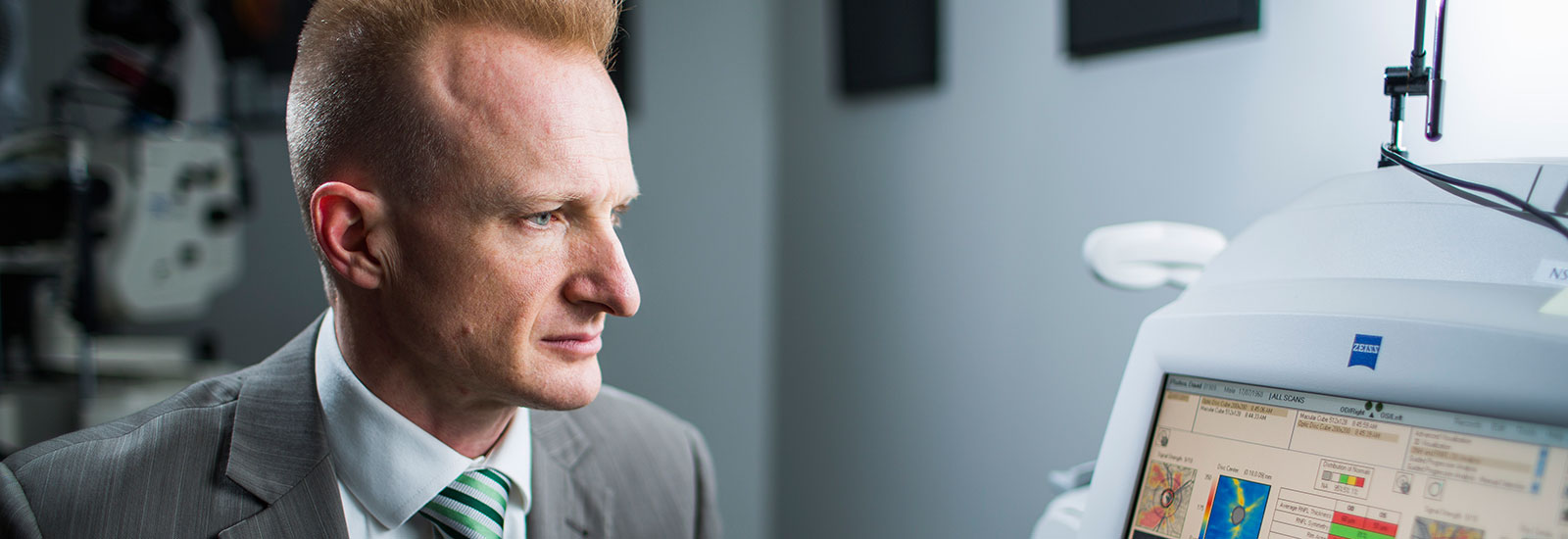







Diabetes is a condition affecting the whole body in which blood sugar is too high, leading to damage to blood vessels and nerves. This condition can be diagnosed by your general practitioner who will then arrange for you to see a number of other doctors (including an ophthalmologist) and paramedical practitioners (such as a dietician, a podiatrist, or a diabetic educator). In both childhood-onset and adult onset diabetes , the small blood vessels in the back of the eye (retina) can become damaged, causing them to leak and bleed. This can lead to vision loss and even blindness.
You will need to follow you general practitioner’s or physician’s advice regarding the best method to manage your diabetes. This will often include a combination of dietary modification, exercise and medication. You will also need to control your blood pressure and cholesterol. Your ophthalmologist or optometrist can screen you every one or two years to ensure that you don’t develop leakage of your retinal blood vessels.

Diabetic Eye Disease: courtesy of Ku J et al. Med J Aust. 2013; 198: 93-6
Leakage of blood vessels in the retina will often be asymptomatic in its early stage. If it is detected, it is important to ensure that you are closely following your general practitioner’s or physician’s advice to keep your blood sugars under strict control. You will then need to be monitored more closely in case the diabetic eye disease worsens. As the retinal blood vessels become more damaged, the back of the eye will suffer from a lack of blood supply and will try to grow new blood vessels. These new blood vessels are immature and will leak and bleed more and will lead to retinal detachments, permanent vision loss and blindness. If your ophthalmologist feels that it is necessary, you will be offered treatment to try and prevent blindness from occurring. Treatment may include either laser to seal the blood vessels, or intravitreal injections (into the eye) of a medication called Avastin or Eylea which can temporarily stop blood vessels leaking.